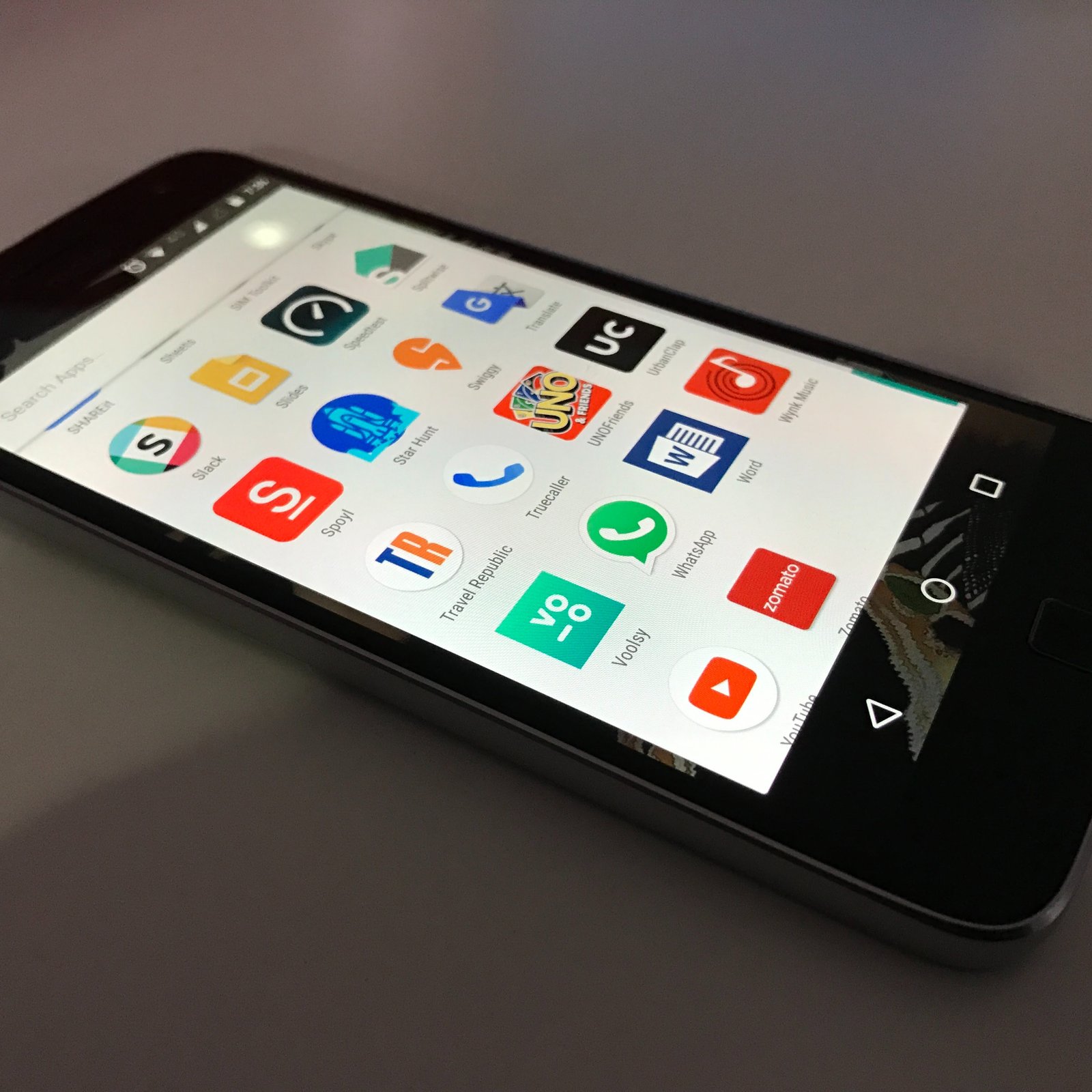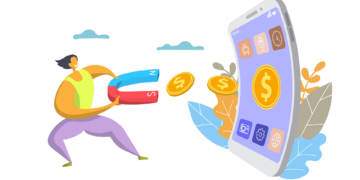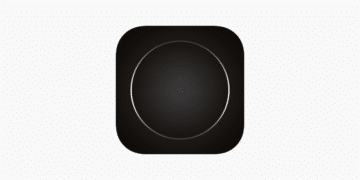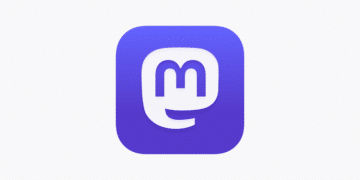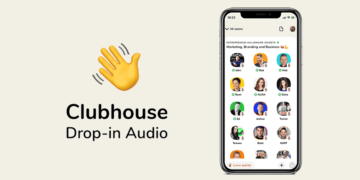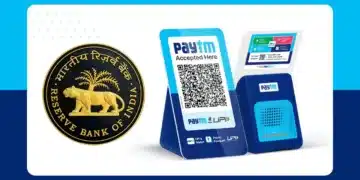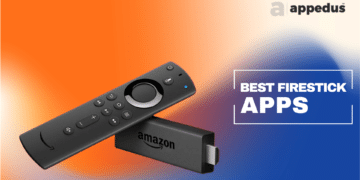Introduction
Mobile app design is a critical aspect of the app development process. A well-designed app can attract users, keep them engaged, and enhance their experience. However, designing a mobile app that delivers an exceptional user experience requires more than just aesthetics. It requires a deep understanding of user needs and behavior, as well as a focus on usability and accessibility.
Understanding User Experience

Before delving into the design process, it is important to understand what we mean by user experience. User experience, or UX, refers to how users interact with and perceive a product or service. In the context of mobile apps, UX encompasses everything from the design and functionality of the app to the ease of navigation and overall user satisfaction.
Key Elements of Mobile App Design
Designing a mobile app that enhances user experience requires attention to several key elements. Here are some of the critical elements that need to be considered:
Visual Design
Visual design is perhaps the most critical aspect of mobile app design. The app should have a visually appealing and consistent look and feel. The design should reflect the brand and message of the app, as well as the needs and preferences of the target audience.
Functionality
Functionality refers to the features and capabilities of the app. The app should be easy to use and navigate, and the features should be intuitive and easy to access. The app should also be optimized for performance and speed.
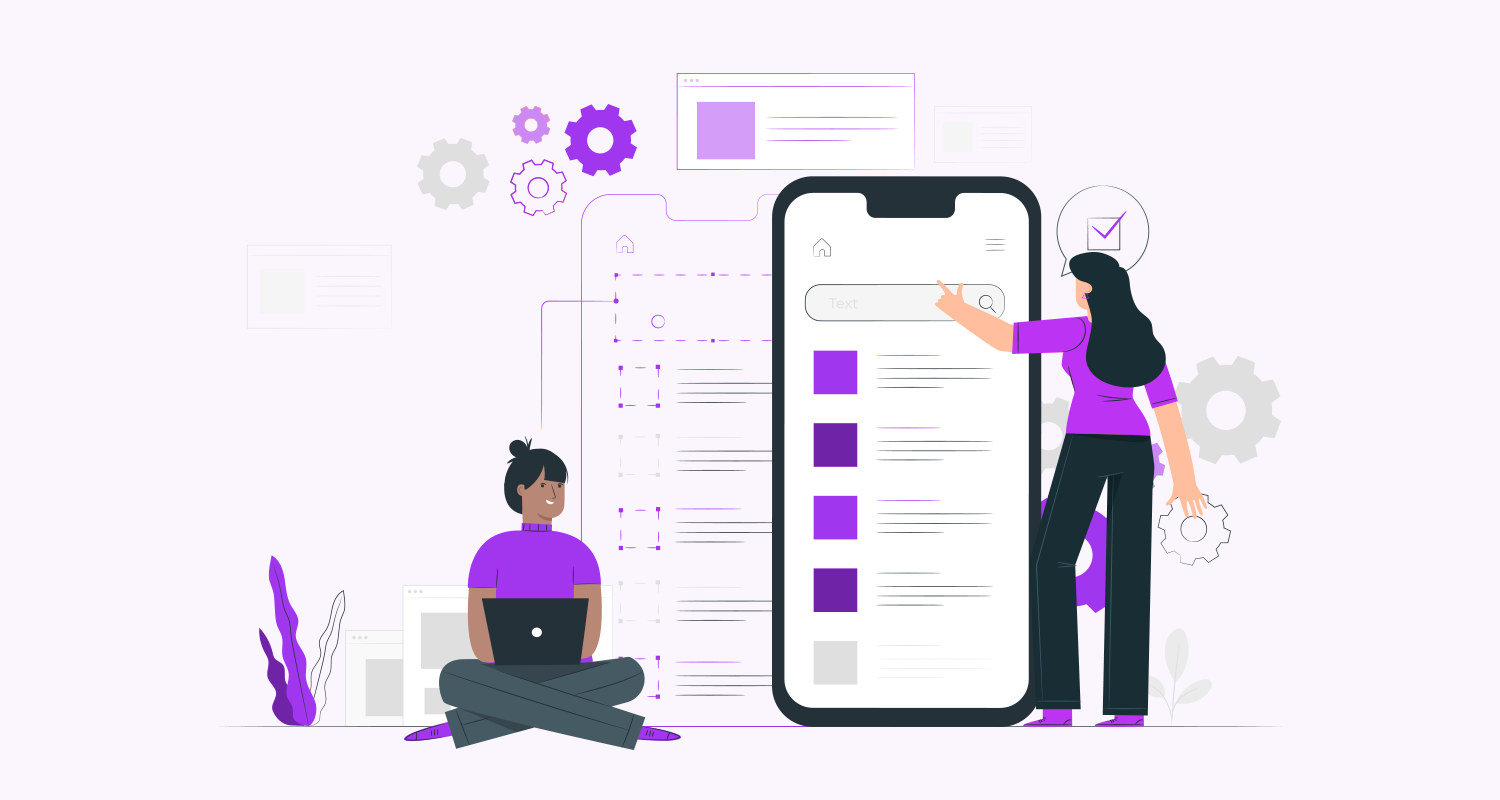
Usability
Usability refers to how easy it is for users to accomplish their goals with the app. The app should be designed with the user in mind, and the design should be intuitive and easy to understand. The app should also be accessible to all users, including those with disabilities.
Accessibility
Accessibility refers to how easy it is for users to access and use the app. The app should be designed with accessibility in mind, and the design should be optimized for users with different abilities and needs. The app should also comply with accessibility standards, such as WCAG 2.1.
The Design Process
Now that we understand the key elements of mobile app design, let’s discuss the design process. The design process can be broken down into the following steps:
Step 1: Define the Problem
The first step in designing a mobile app is to define the problem that the app will solve. This involves identifying the needs and pain points of the target audience and understanding how the app can address those needs.
Step 2: Conduct User Research
User research is critical to designing an app that delivers an exceptional user experience. This involves gathering feedback from potential users and understanding their needs, preferences, and behavior. User research can be conducted through surveys, interviews, focus groups, and usability testing.
Step 3: Develop User Personas

User personas are fictional representations of the target audience. They help designers to better understand the needs, preferences, and behaviors of the target audience. User personas can be developed based on user research and should be used as a reference throughout the design process.
Step 4: Develop the Information Architecture
The information architecture is the structure of the app, including the navigation, menus, and hierarchy of content. The information architecture should be designed to meet the needs of the user and to make it easy for them to find the information they need. This can be done through card sorting exercises and user testing.
Step 5: Create Wireframes
Wireframes are low-fidelity visual representations of the app’s interface. They help to define the layout and structure of the app and can be used to test the usability of the design. Wireframes should be created based on the information architecture and user research.
Step 6: Develop the Visual Design
The visual design is the final look and feel of the app. It should be consistent with the brand and message of the app and should be visually appealing to the target audience. The visual design should also be optimized for accessibility and usability.
Step 7: Conduct User Testing
User testing is critical to ensuring that the app delivers an exceptional user experience. User testing should be conducted throughout the design process, from wireframes to the final design. This can be done through usability testing, A/B testing, and other methods.
Best Practices for Mobile App Design
In addition to the design process, there are several best practices that should be followed to ensure that the app delivers an exceptional user experience.
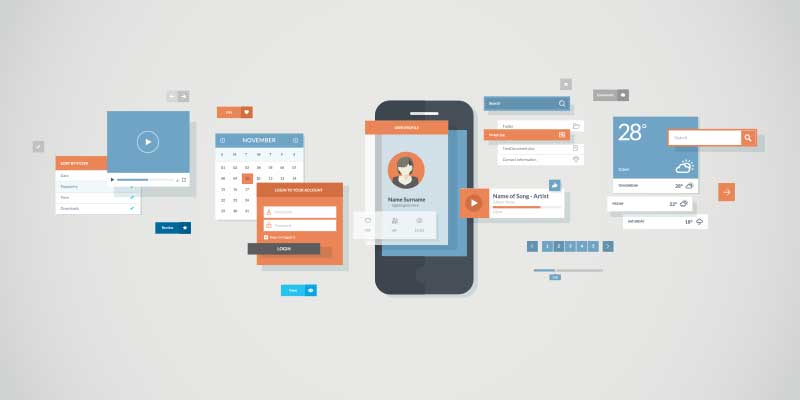
Here are some of the best practices for mobile app design:
Keep it Simple
The app should be designed to be simple and easy to use. Users should be able to accomplish their goals with minimal effort and without confusion.
Make it Intuitive
The app should be designed to be intuitive and easy to understand. Users should be able to navigate the app without the need for instructions.
Design for Accessibility
The app should be designed with accessibility in mind. This means that the app should be optimized for users with different abilities and needs.
Optimize for Performance
The app should be optimized for performance and speed. Users expect apps to be fast and responsive, and a slow app can be a major turn-off.
Test, Test, Test
User testing should be conducted throughout the design process. This can help to identify issues and areas for improvement and can help to ensure that the app delivers an exceptional user experience.
Frequently Asked Questions (FAQs)
What is mobile app design?
Mobile app design is the process of designing the user interface and user experience of a mobile application. The design of a mobile app should be optimized to provide an intuitive and efficient user experience, which helps to improve user engagement and retention.
What are the key elements of mobile app design?
The key elements of mobile app design include visual design, functionality, usability, and accessibility. All of these elements work together to create an exceptional user experience.
Why is mobile app design important for user experience?
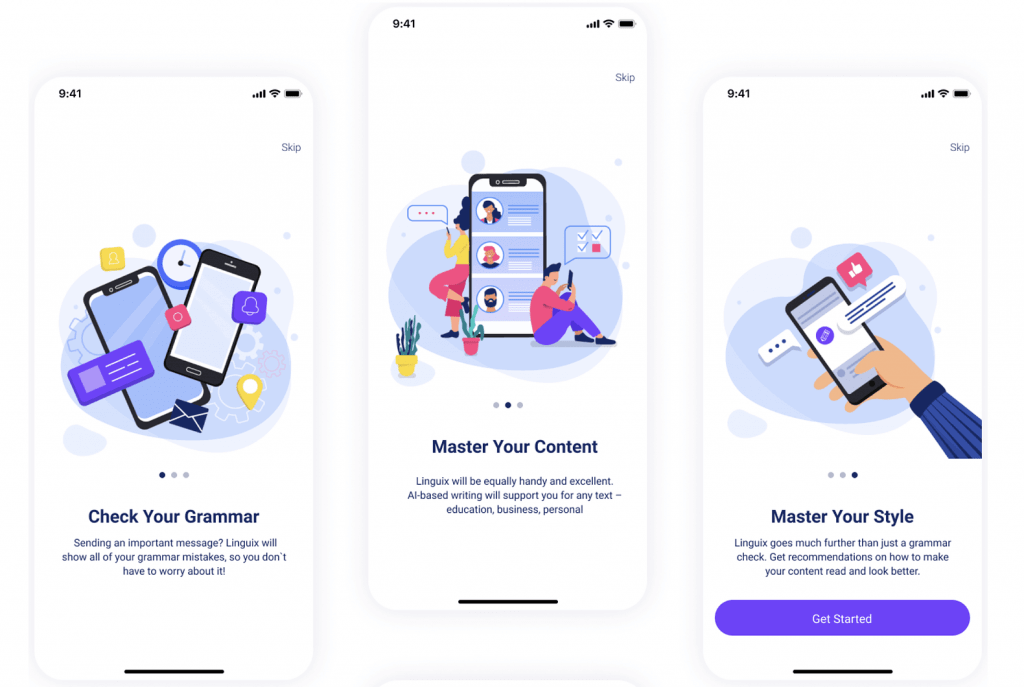
Mobile app design is important for user experience because it affects how users interact with and perceive the app. A well-designed app can attract users, keep them engaged, and enhance their overall experience. By considering the needs and preferences of the target audience, designers can create an app that delivers an exceptional user experience.
Conclusion
Designing a mobile app that enhances user experience requires a well-thought-out process that considers the needs and preferences of the target audience. By following the best practices for mobile app design and conducting user research and testing, designers can create an app that is intuitive, efficient, and visually appealing.
Remember to keep it simple, make it intuitive, design for accessibility, optimize for performance, and test, test, test. By following these steps and best practices, you can create a mobile app design that enhances user experience and ultimately drives engagement and retention.
In today’s digital world, mobile app design has become a critical component of any business or organization’s online presence. With so many mobile apps available in the app stores, it’s important to stand out from the competition by delivering an exceptional user experience. By designing an app that is intuitive, easy to use, and visually appealing, you can attract and retain users, and ultimately drive business success.
Remember that mobile app design is an ongoing process. Once your app is live, it’s important to continue to gather user feedback and make improvements to ensure that the app continues to deliver an exceptional user experience. By staying up to date with the latest design trends and technologies, you can continue to improve your app and stay ahead of the competition.
Overall, Designing a mobile app that enhances user experience is essential for success in today’s digital landscape. By following the steps and best practices outlined in this article, you can create an app that is not only visually appealing but also easy to use and accessible to a wide range of users. Keep your users at the forefront of your design decisions, and you’ll be on your way to creating an app that drives engagement and retention.

